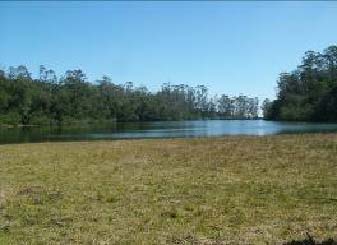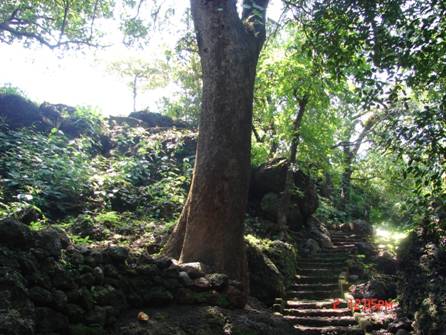Key Outcomes
/regions/north-and-central-sahyadris-western-ghats
/regions/north-and-central-sahyadris-western-ghats
This article in Marathi from the magazine Anubhav titled 'Thembe thembe samruddhi' meaning 'Prosperity with every drop' highlights the situation of acute scarcity of water in the state of Maharashtra and argues that this has been a barrier to the progress of the state leading to dire poverty and deprivation.
More information on the project can be seen on IUCN's website.
Key Outcomes
 The initiative on hill wetlands in the Nilgiris Biosphere Reserve is supported through this. The area is located at the junction of the Eastern Ghats and the Western Ghats, or Sahyadris, the two prominent mountain ranges that run almost parallel to the coastlines of Peninsular India and is home to indigenous forest people and is a rare repository of mountain biodiversity.
The initiative on hill wetlands in the Nilgiris Biosphere Reserve is supported through this. The area is located at the junction of the Eastern Ghats and the Western Ghats, or Sahyadris, the two prominent mountain ranges that run almost parallel to the coastlines of Peninsular India and is home to indigenous forest people and is a rare repository of mountain biodiversity.
The Nilgiris is home to unique wetlands that are the source of sustenance of numerous animals and human communities. Wetlands are among the more important reservoirs of biodiversity that nature has painstakingly crafted over millions of years.
Content Courtesy: Ministry of Environment and Forests, Government of India
Author: Madhav Gadgil
In view of the environmental sensitivity and ecological significance of the Western Ghats region and the complex nature of its geography, as well as the possible impacts of climate change on this region, the Ministry of Environment & Forests, Government of India constituted a Western Ghats Ecology Expert Panel to assess the current status of ecology of the Western Ghats region. The panel aimed at identifying ecologically sensitive areas in the Western Ghat region and making recommendations for the conservation, protection and rejuvenation of the region. This report presents a brief summary of the key issues that were dwelt on to understand the situation of the Western ghats and the key findings of the evaluation.
Guest Post by: Parineeta Dandekar
At the first sight, Daarche Paani (‘water at the doors’) appears unreal.. on a small flat plateau called ‘Sadaa’ in konkan, an elegant cobbled walkway leads a puzzled visitor to stairs carved in stone, which go down to an ancient grove, and here is an intricate system of tanks, channels and falls which supplies water to the Panderi village and goes down as a free flowing stream, to irrigate a plantation of arecanut, pepper and mangoes in a village called Gudaghe. When I visited the place, I could see three eminent visitors, a silent lady washing her load of clothes, a fairy bluebird splashing at a tank and a huge moonmoth in one of the trees.
 Stone walkway and ancient mango trees leading to Daarche Paani.
Stone walkway and ancient mango trees leading to Daarche Paani.
Photo: Parineeta Dandekar
How would we judge ecological sensitivity? Scientists view an ecologically sensitive area as an area whose ecological balance, once disturbed, is very hard to restore. Thus, steep Western slopes of Western Ghats, subject to heavy rains and winds, if deforested, are likely to be quickly stripped of soil cover and for ever lose their pristine vegetation. We do have a scientific understanding of the environmental attributes that render areas more sensitive; we also have insights into processes that have resulted in irreversible ecological damage.
India is gifted with heterogeneous landforms and variety of climatic conditions such as the lofty mountains, the raverine deltas, high altitude forests, peninsular plateaus, variety of geological formations endowed with temperature varying from arctic cold to equatorial hot, and rainfall from extreme aridity with a few cms (<10 cm) to pre humid with world's maxim